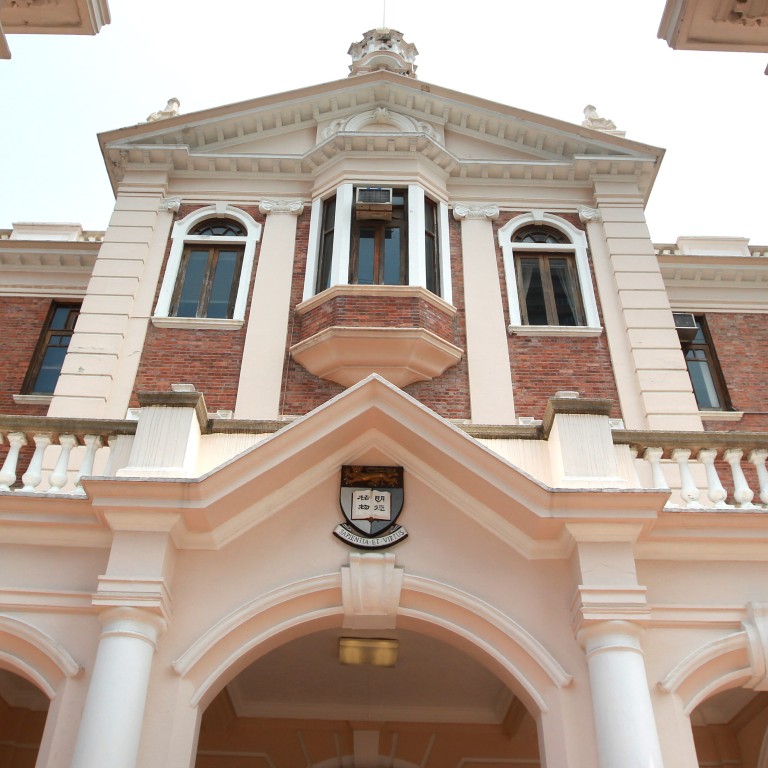
4 Hong Kong public universities fall in ranking of Asia’s best
- CUHK records biggest drop in recent years after falling four spots to 10th place, while HKUST is pushed out of top 10 for first time since 2013
- Times Higher Education says decline in ranking of some institutions reflects fierce competition on continent
The Times Higher Education Asia University Rankings, released on Wednesday, also saw mainland China’s Tsinghua University hold onto the top spot for the sixth year in a row.
Last year, eight of the city’s top universities managed to rise or hold onto their spots in the previous table.
Times Higher Education said the decline in the ranking of some institutions reflected fierce competition on the continent.
The University of Hong Kong (HKU), the city’s oldest varsity, fell two places to sixth, while the Chinese University of Hong Kong (CUHK), saw its biggest drop in recent years after falling four spots to 10th place.
The Hong Kong University of Science and Technology was pushed out of the top 10 for the first time since the rankings started in 2013, falling from seventh place to 12.
Polytechnic University managed to hold onto a place in the top 20 for a second straight year, despite falling five places to 19th on the list.
City University (CityU) and Baptist University were the only two local varsities to climb the ranks this year.
CityU rose one spot to 15th, while Baptist University leapt from 105th place to 63rd, with the two making up the last of the city’s institutions to make the table.
Times Higher Education said this year’s list included an extra 70 universities compared with last year, going from 669 to 739 institutions covering 31 countries or regions.
In addition to Tsinghua University holding onto the top spot, the mainland’s Peking University managed to retain second place for the fifth year in a row.
“China’s representation in the top 10 has increased to five, up from four last year,” Times Higher Education said.
The National University of Singapore also managed to retain third place for a fifth consecutive year, while the city state’s Nanyang Technological University climbed one place to fourth spot.
Hong Kong universities rise in global rankings, driven by graduates’ performance
Times Higher Education chief global affairs officer Phil Baty said it had also tracked an “impressive rise of China” in global rankings over the past two decades amid a rising tide among Asia’s varsities that was “lifting all boats”.
“While China’s leading universities now compete at the very top of the world rankings, our data shows a strengthening across Asia, where healthy competition, more collaboration, more investment in research and university capacity and more internationalisation is driving up performance,” he said.
A spokesman for HKU said it was continuing to strive for excellence in teaching, research and knowledge exchanges to help boost its global reputation.
No place for Hong Kong in JLL’s league table of innovation, talent hubs
A spokeswoman for CUHK said its ability to hold onto a place at the top for a seventh straight year reaffirmed its leading position in research and education, while HKUST noted rankings were always in flux for various reasons and useful as a reference point.
“University rankings serve as indicators for evaluating institutional performance, but what’s more important is a proven track record in teaching and research,” a spokeswoman said.
“Over the years, HKUST has demonstrated its excellence in teaching and research through numerous recognitions gained by its students and faculty, and its many partnerships and collaborations with top public and private institutions worldwide.”

